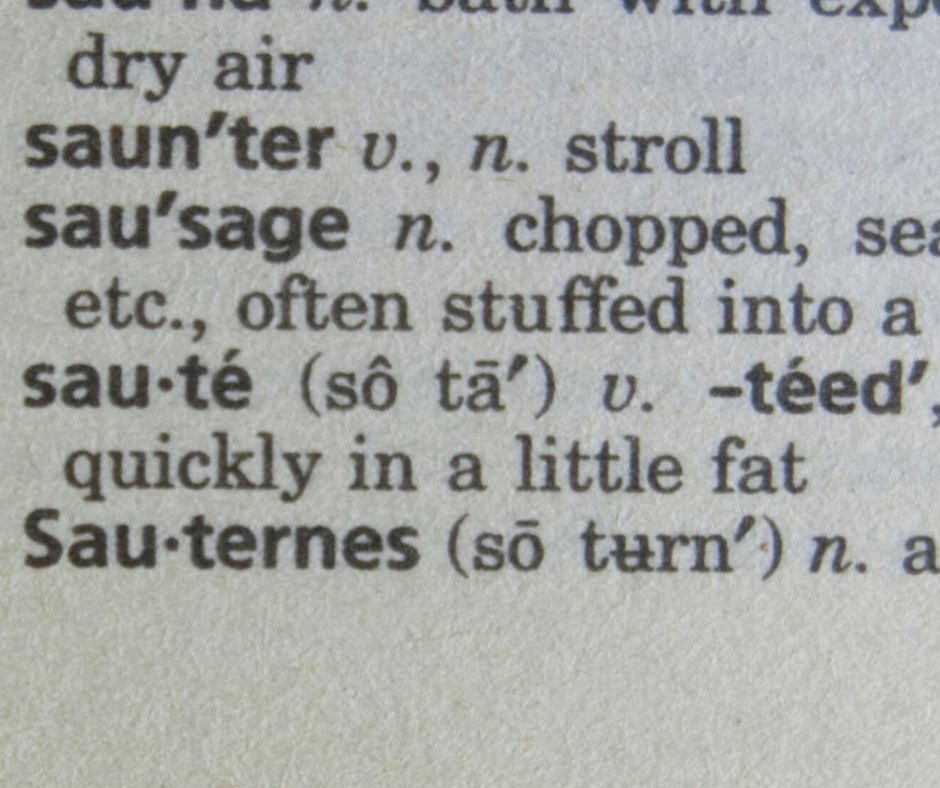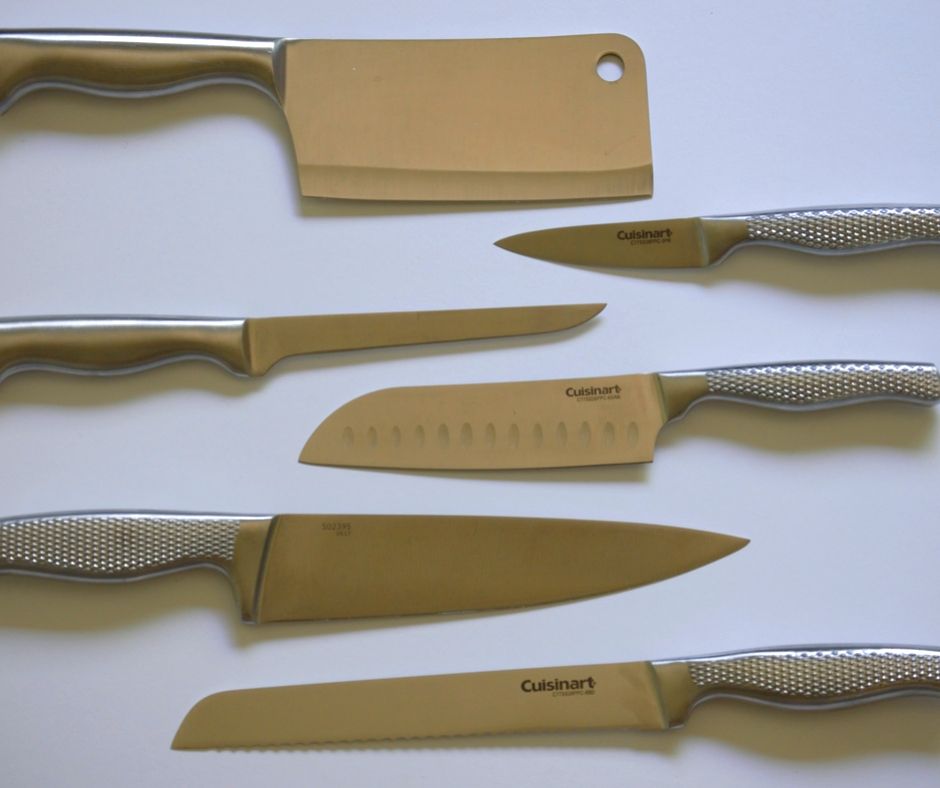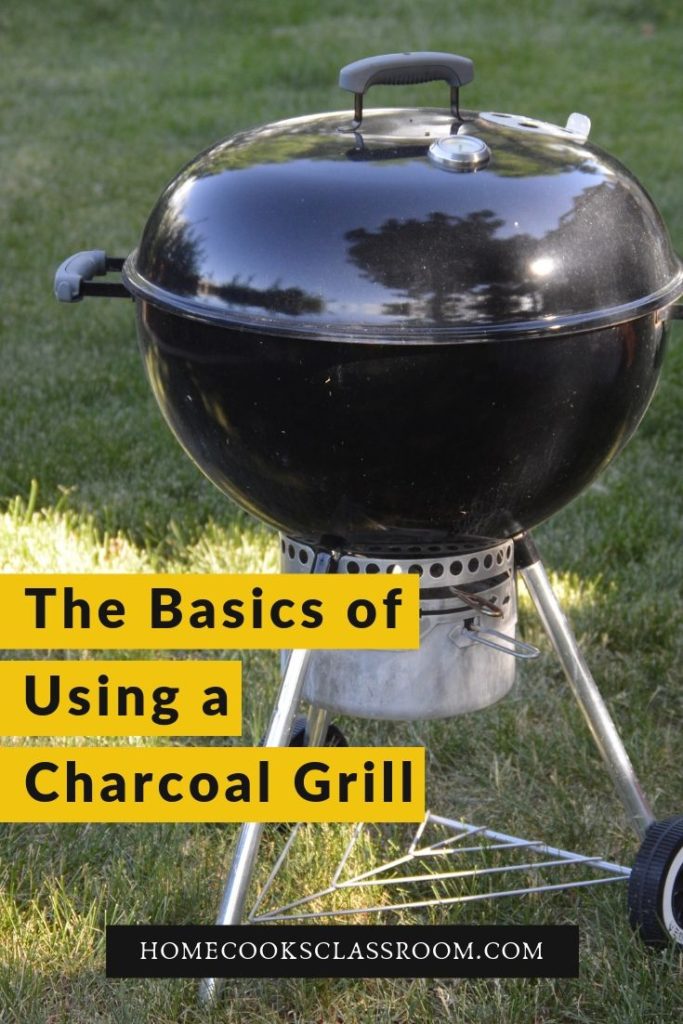
As someone who grew up exclusively using gas grills, I have to say that the first time I cooked over a charcoal grill was both exciting and intimidating. The entire experience quickly went from “wow this is going to taste great” to “wait what’s the purpose of that thingy?”. I guess I never realized how different it was going to be.
And since I had no guiding mentor, I eventually just had to learn my way around the charcoal grill from guessing and making many, many mistakes. It wasn’t fun, to say the least. However, I don’t want you fine folks to go through the growing pains that I went through. That is why I decided to write today’s lesson covering everything I know about charcoal grilling. So if you’re ready to learn then let’s get to it!
What is charcoal, and why we use it?
Obviously, we can’t talk about charcoal grilling without first discussing the material we will be working with.
Good old charcoal.
Despite the fact that it has the word “coal” in its name, charcoal isn’t a natural substance and instead must be made. But it’s nothing new, in fact, the production of charcoal has a long history with some of its first documented uses coming from as early as 3,000 B.C. So think about all of the great individuals who probably cooked over charcoal the next time you’re grilling up a steak!
To make charcoal you essentially have to burn wood, or other organic material and then quickly remove it from the presence of oxygen. A common method of doing this is to burn a large pile of wood in a kiln. Then once all of the wood was lit you quickly cover all the of the holes of the kiln with fresh clay to stop the inflow of air.
It was never a perfect process, but when done by a professional you would be left with mostly charcoal.
“Ok, Mr. Jensen, this history lesson is cool and all but what exactly makes charcoal better than just regular wood.”
You’re right, let’s get back on track. The thing that makes charcoal a superior product over wood is that through the charcoal making process it loses almost all of its water and volatile components. The loss of water means less steam which allows the charcoal to burn at a much higher temperature than wood. And those volatile components that the charcoal lost, well they typically turn into smoke and soot, which can leave an unpleasant taste and look to things you cook.
Basically (higher temperatures + better taste = charcoal > wood).
Lump vs. Briquets
When it comes time to purchase the charcoal for your grill you will have to make a decision between lump charcoal and charcoal briquets. And within the charcoal grilling world, there is an ongoing debate over which one is superior. So let’s discuss the pros and cons of both to help you decide which one is better for you.
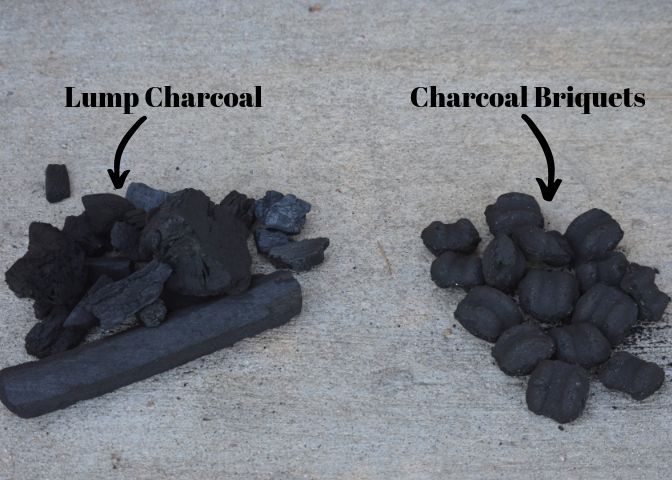
Lump Charcoal
This is the original form of charcoal that is typically made from hardwood and produced in the method that we talked about above.
Pros
- Lump charcoal is capable of burning at a hotter temperature than briquets.
- It is made out of solid wood with no additives which make it cleaner.
- It will respond better to the addition or subtraction of oxygen which allows you to control its heat output better. *We’ll learn all about this later in the lesson.*
- Lump charcoal lights quickly.
Cons
- Lump charcoal has a tendency to burn out faster than briquets and thus is not recommended for long grilling times.
- It comes in uneven shapes & sizes which makes it more difficult to distribute evenly on your grill.
- It is slightly more expensive than charcoal briquets.
Charcoal briquets
The newer way of making charcoal, briquets are manufactured out of wood byproducts (typically sawdust) with certain additives incorporated into them.
Pros
- Since it is made out of wood byproducts it is typically cheaper than lump charcoal
- The denser nature of charcoal briquets allows them to burn for a much longer time
- The uniform shape of the charcoal briquets allows the temperature to remain steady over a long period of time.
cons
- Some people report a chemical smell and taste coming from the use of charcoal briquets. However, this all depends on the quality of the charcoal briquets and what additives are used in its production.
- Charcoal briquets tend to take longer to light.
So which one is better to use? Well, I tend to fall into the pro lump charcoal camp. But having experience using both I honestly can’t say that the differences are that vast to exclude one or the other. Just grab whatever is convenient and get to grilling!
*Want to learn more about the differences between lump charcoal and charcoal briquets? Then check out this article from Smokedbbqsource.com *
How to start a charcoal grill?
Ok, so now that we have decided on what charcoal we want to use we need to learn how to start it. And while there are a few methods one can use to start charcoal I am going to keep it real and talk about the only method you SHOULD USE to start your charcoal!
NO NOT LIGHTER FLUID!
I’m talking about using a chimney.
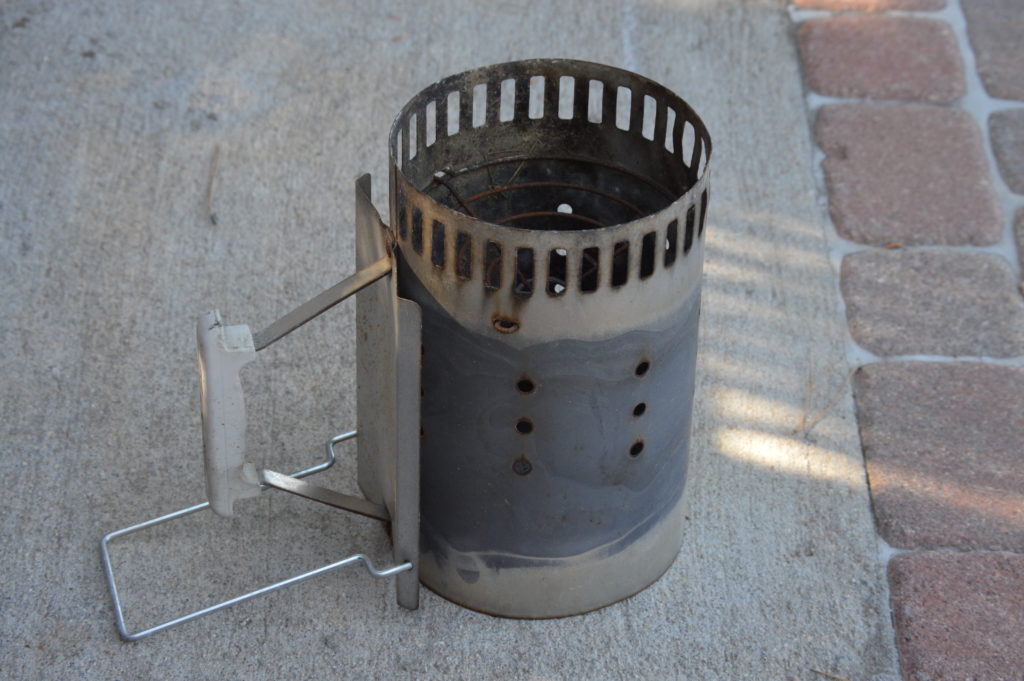
It’s really the best way to start charcoal, as it’s super easy to light, and allows the charcoal to light uniformly. Plus it only costs about $20 and lasts you a lifetime. Compare this with how much lighter fluid you would have to go through in one summer of charcoal grilling, and you’ll also see that this method is also more economical.
Now to begin you are going to want to remove the top grill grate from your charcoal grill.
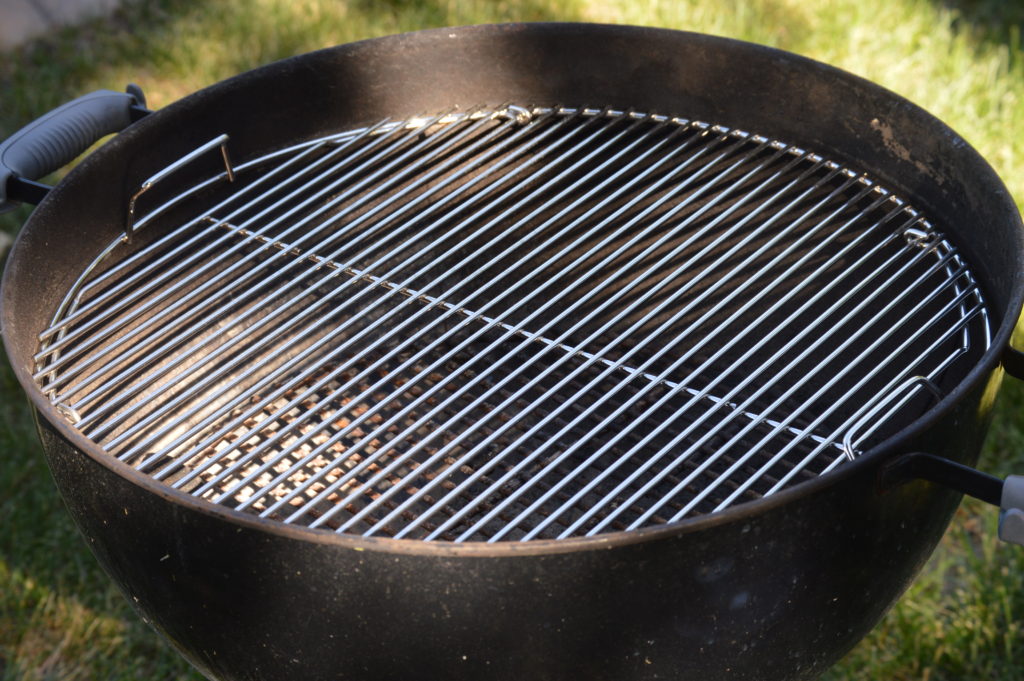

Then get out your chimney and place a few pieces of crumpled up newspaper into the bottom cavity.
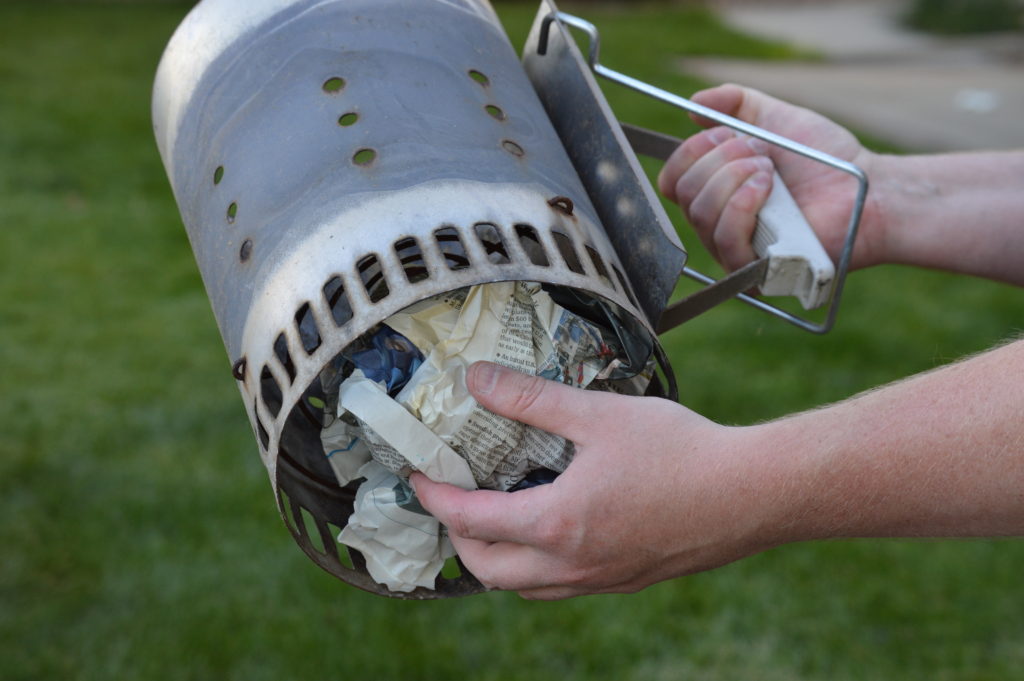
You can also use any other type of paper that you have on hand, I just happen to always have the local rag sheet lying around.
Next place the chimney with the paper side facing down on to the bottom grill grate.
Follow this up by filling the other cavity of the chimney with charcoal.
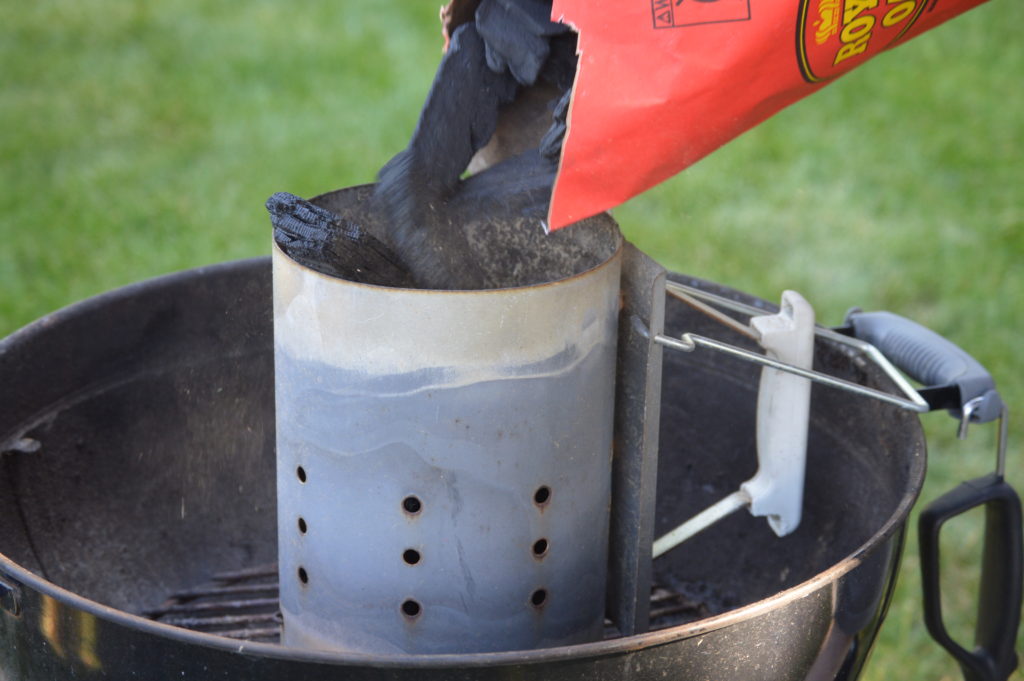
Then use a lighter to light a few edges of the newspaper and let mother nature do all the rest.
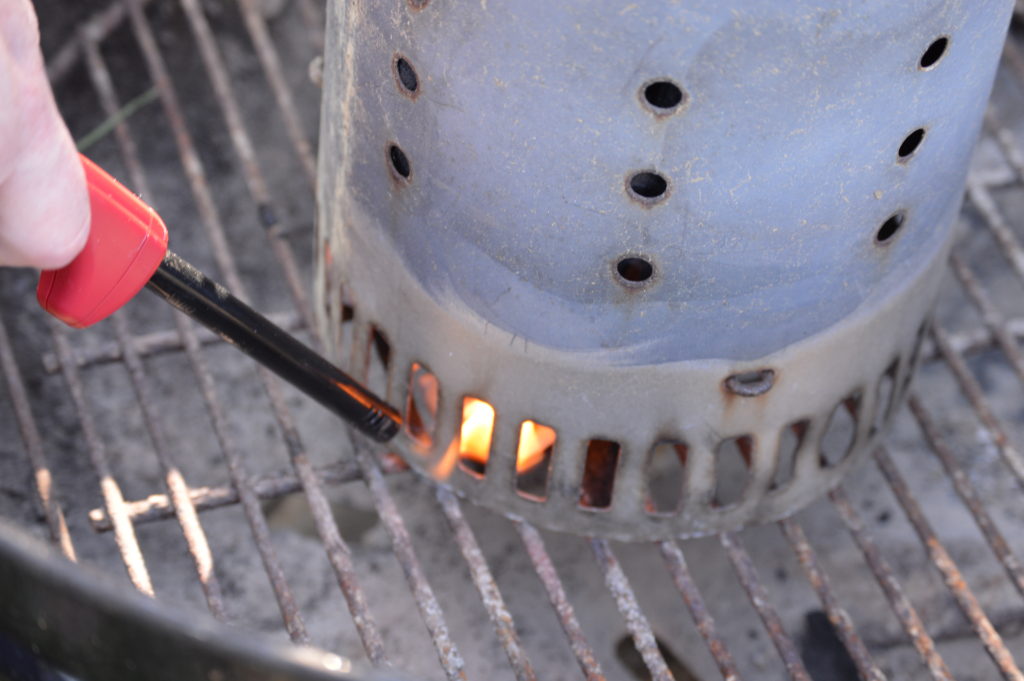
Once all of the charcoal is nice and lit then you simply need to pour it out onto your bottom grill grate.

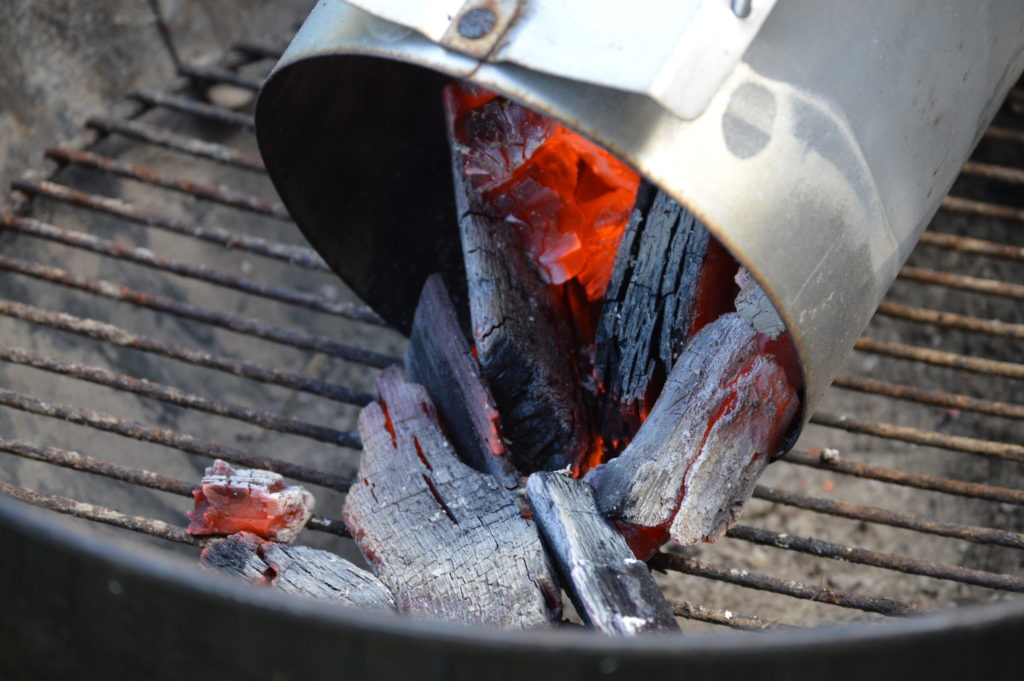
Grilling method, direct vs. indirect
Alright, now that our charcoal is lit we need to make a quick decision on what grilling method we want to use.
Direct or indirect?
Cooking over direct heat is exactly what it sounds like. You simply cook something directly above the hot charcoals. It is the preferred method of grilling when you are looking to sear, add grill marks, or simply to cook something fast like shrimp.
Cooking with indirect heat, however, is when you place all of the hot charcoals to one side of the grill and place whatever you want to cook on the opposite side. This method is great for when you want to cook something low and slow, such as large roasts, or whole potatoes.
The difference is really as simple as that, so just be mindful when a recipe calls for either direct or indirect grilling.
*Want to learn more about direct vs indirect grilling? Then check out this article from Barbecuebible.com *
The importance of vents
One aspect of charcoal grilling that is often overlooked by rookies is the importance of grill vents. You need to remember that we are cooking with live fire, and just like every fire, it requires two things to exist.
Fuel and oxygen.
Now obviously the fuel comes from the charcoal itself. However, in order to get oxygen inside the grill, we need vents that allow air to flow in. Without them, the charcoal would simply go out, which understandably would make grilling a little difficult, if not impossible.
However, the vents also serve a second purpose, which is temperature regulation. The more air you allow to flow into the grill the hotter the charcoal will burn. While less air will cause the charcoal to burn at a lower temperature.
So always remember that if you need to get your grill hotter simply open the vents more.

Or if the temperature is running too high and you need it to cool down, then simply close the vents a little.

Just make sure to never close the vents all the way or else you will put out the charcoal.
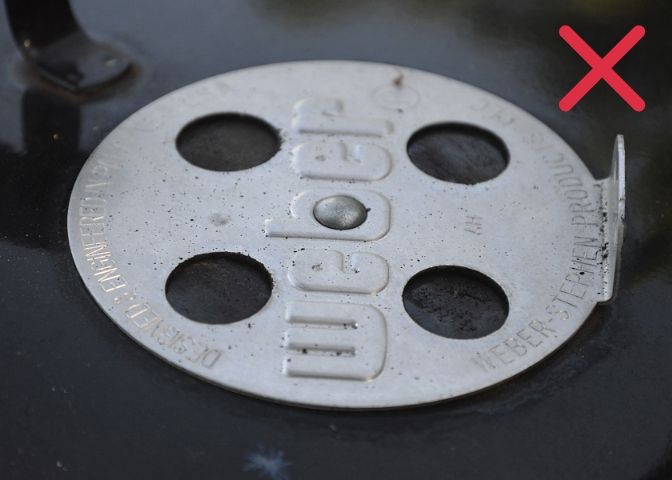
Keeping it clean
Okay, so now that we’ve discussed just about everything we need to know about using a charcoal grill I want to talk a little bit about keeping them nice and clean.
Probably the easiest and most important thing you can do to keep your charcoal grill clean is to scrub the grill grate with a grill brush. Not only does this get rid of any excess junk left on the grill grate, but it also makes it less likely to rust.

So how often should you brush your grill? Well, I prefer to do this both prior to and after grilling, however, simply brushing the grate clean after every time you cook should do the job.
Another thing that you will need to be mindful of is the accumulation of ash. Remember we are cooking with charcoal, and as the charcoal burns in turns into ash. But don’t worry, because getting rid of the built-up ash is a fairly simple process.
Now obviously I can’t speak about every charcoal grill out there. But in my Weber, all of the ash falls through a couple of holes in the bottom of the grill and into an ash catcher.


So all you have to do is wait a couple of days after grilling (to make sure there aren’t any hot embers in the ash catcher) and then remove the ash catcher and dump out any ash that has fallen into it.
That’s it! Pretty easy am I right?
Reminder on fire safety
Before I let you folks go I want to make a quick statement about charcoal grilling and fire safety.
Of course, the risk level of starting an unwanted fire while using a charcoal grill can differ depending on where you live. However, you should always be mindful that you are playing with real fire. So please never leave a grill with hot coals unattended for long periods of time. And always make sure to close your grills vents after cooking so that the charcoal burns out.
Make Smokey the bear proud!
Looking for some ideas on what to grill? Then check out these recipes.


